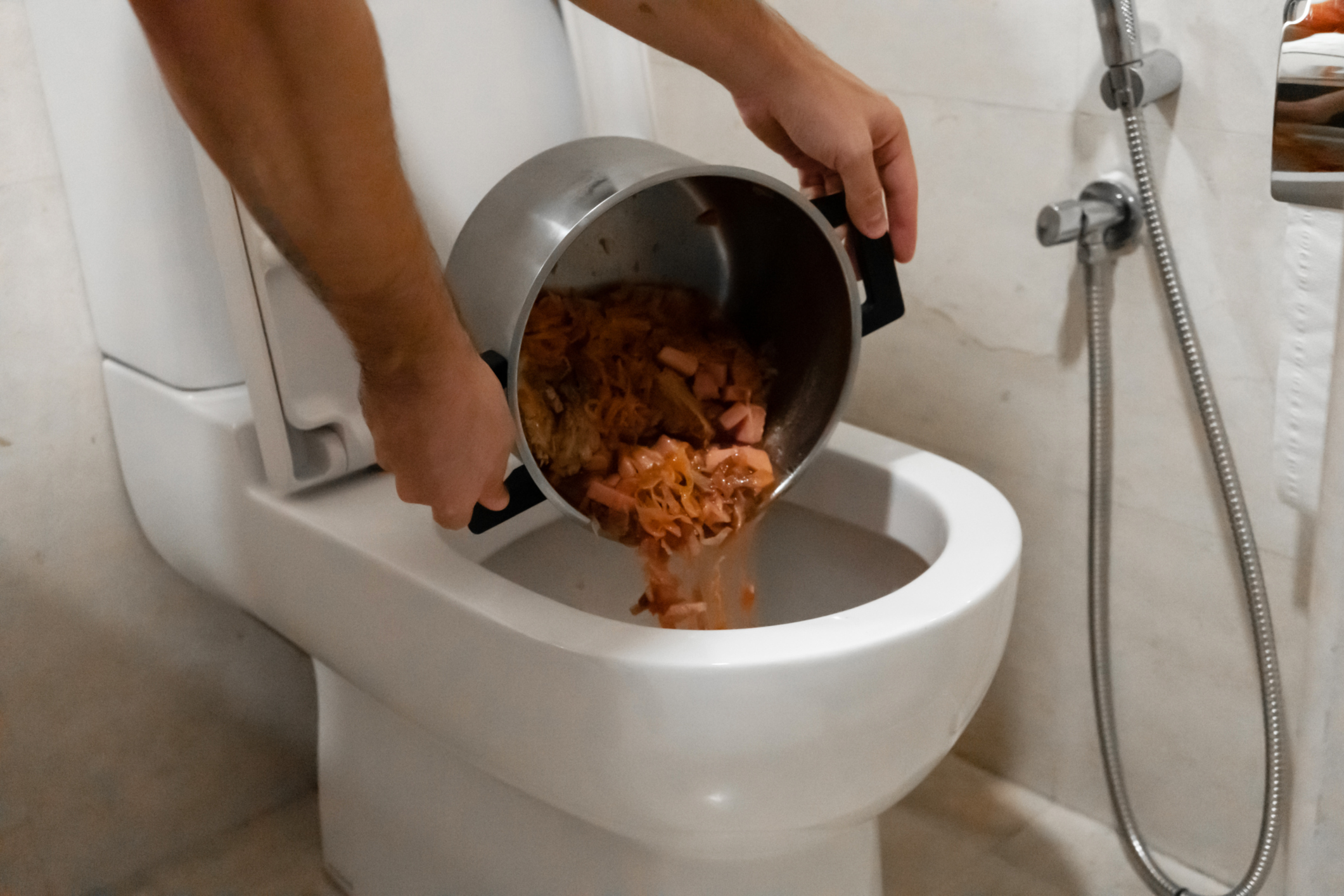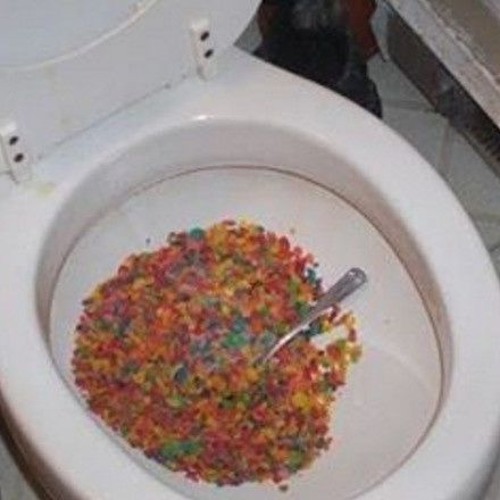Is it Common to Flush Food in the Toilet?
Is it Common to Flush Food in the Toilet?
Blog Article
What're your thoughts with regards to Is it safe to flush food (especially rice) down the toilet??

Intro
Many individuals are often confronted with the predicament of what to do with food waste, particularly when it pertains to leftovers or scraps. One common question that emerges is whether it's all right to flush food down the toilet. In this post, we'll delve into the reasons that people could think about flushing food, the repercussions of doing so, and alternative techniques for appropriate disposal.
Reasons why people could consider purging food
Absence of awareness
Some individuals might not be aware of the prospective damage brought on by flushing food down the commode. They might mistakenly believe that it's a harmless method.
Ease
Purging food down the toilet may seem like a quick and easy service to dealing with unwanted scraps, especially when there's no nearby trash bin available.
Laziness
In some cases, people may simply select to flush food out of sheer negligence, without thinking about the repercussions of their actions.
Consequences of flushing food down the toilet
Environmental impact
Food waste that ends up in rivers can add to air pollution and injury water ecological communities. In addition, the water made use of to flush food can stress water resources.
Plumbing concerns
Purging food can cause clogged up pipes and drains pipes, creating pricey pipes repairs and aggravations.
Types of food that need to not be flushed
Coarse foods
Foods with fibrous appearances such as celery or corn husks can get tangled in pipes and create blockages.
Starchy foods
Starchy foods like pasta and rice can soak up water and swell, leading to obstructions in pipes.
Oils and fats
Greasy foods like bacon or cooking oils ought to never be flushed down the toilet as they can solidify and cause clogs.
Correct disposal approaches for food waste
Making use of a waste disposal unit
For homes equipped with garbage disposals, food scraps can be ground up and purged via the pipes system. Nevertheless, not all foods are suitable for disposal in this way.
Recycling
Specific food packaging products can be reused, decreasing waste and minimizing ecological effect.
Composting
Composting is an environmentally friendly way to dispose of food waste. Organic products can be composted and used to improve dirt for gardening.
The value of proper waste administration
Reducing ecological injury
Proper waste monitoring practices, such as composting and recycling, assistance lessen pollution and protect natural resources for future generations.
Safeguarding pipes systems
By staying clear of the technique of flushing food down the toilet, house owners can protect against pricey plumbing repairs and maintain the stability of their plumbing systems.
Final thought
Finally, while it might be alluring to purge food down the bathroom for comfort, it is necessary to recognize the possible repercussions of this action. By adopting proper waste monitoring methods and throwing away food waste properly, individuals can add to healthier plumbing systems and a cleaner setting for all.
FLUSH FOOD DOWN THE TOILET?
FLUSHING FOOD CAN CAUSE BLOCKED DRAINS IN YOUR HOME
All of the plumbing fixtures in your home are connected to the same sewer pipe outside of your home. This outdoor sewer pipe is responsible for transporting all the wastewater from your home to the Council sewer mains. Even small pieces of food that go down the kitchen sink can cause problems for your sewer. It should therefore be obvious that flushing larger bits of food, such as meat, risks a clog in either the toilet itself or the sewer pipes. Flushing greasy food is even more problematic because oil coagulates when it cools, coating the interior lining of your pipes.
THE TOILET IS NOT A BIN
Food isn’t the only thing that people shouldn’t be flushing down the toilet. People use the toilet to dispose of all kinds of things such as tampons, makeup wipes, dental floss, kitty litter and even underwear. Water goes to great lengths to educate residents about the high costs and stress placed on wastewater treatment systems simply from people flushing the wrong stuff down the toilet. It costs taxpayers millions of dollars each year, and homeowners thousands in blocked drain repairs.
FLUSHING FOOD IS A WASTE OF WATER
Flushing food is a waste of our most precious resource - water. In June this year Level 1 water restrictions were introduced to protect water supply from drought conditions. Much of New South Wales continues to be affected by prolonged drought with recent figures revealing up to 97 per cent of the state remains in drought. Depending on whether you have a single or dual flush toilet, every single flush uses between five and 11 litres of water. In the current climate this is a huge amount of water to be wasting on flushing food that should be placed in the bin (or better yet, the compost).
https://www.jabplumbingsolutions.com.au/blog/can-you-flush-food-down-the-toilet

We had been guided to that editorial about Flushing Food Down the Toilet? from an associate on our other web page. Please take the opportunity to share this article if you enjoyed it. Thanks a bunch for your time. Please check up our site back soon.
Call Today Report this page